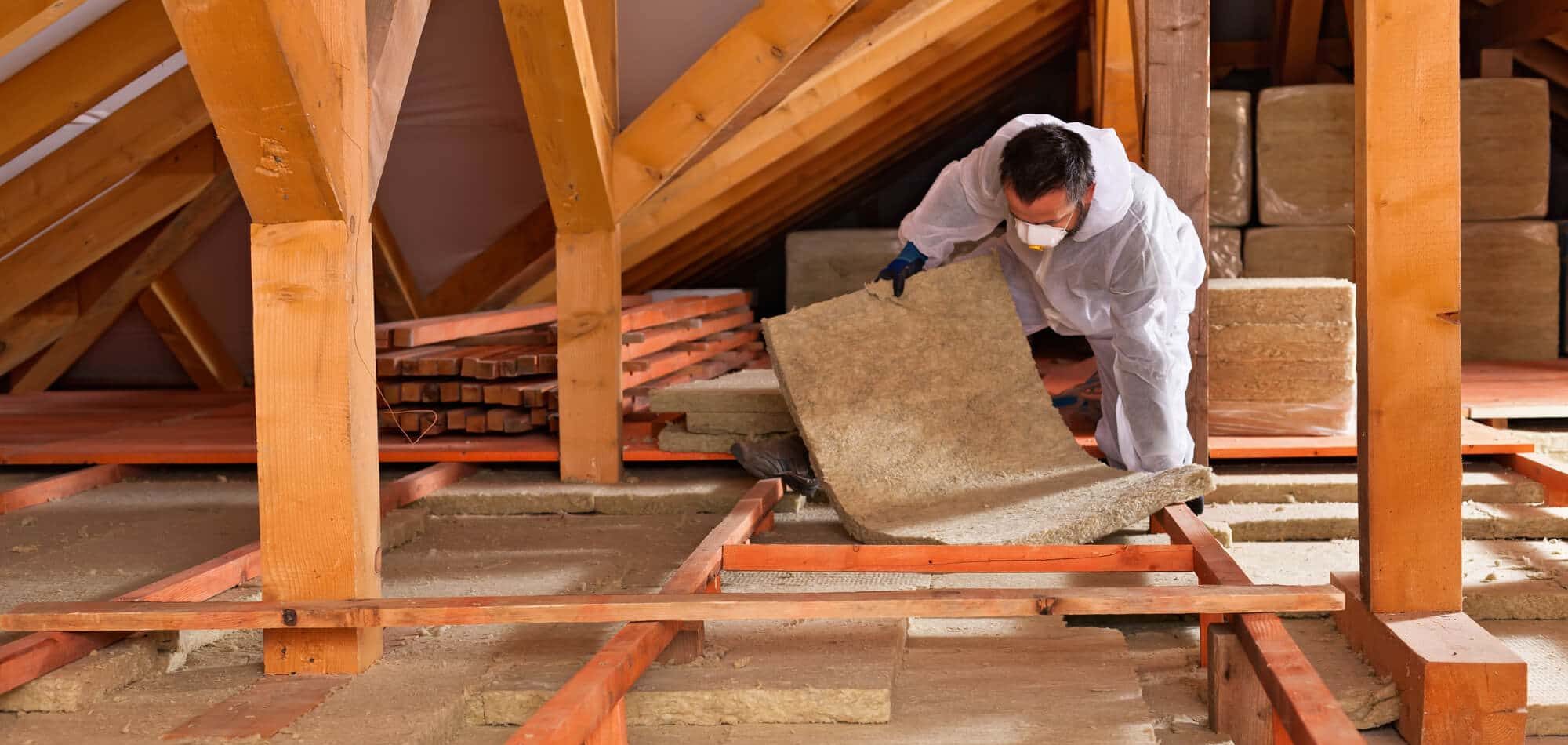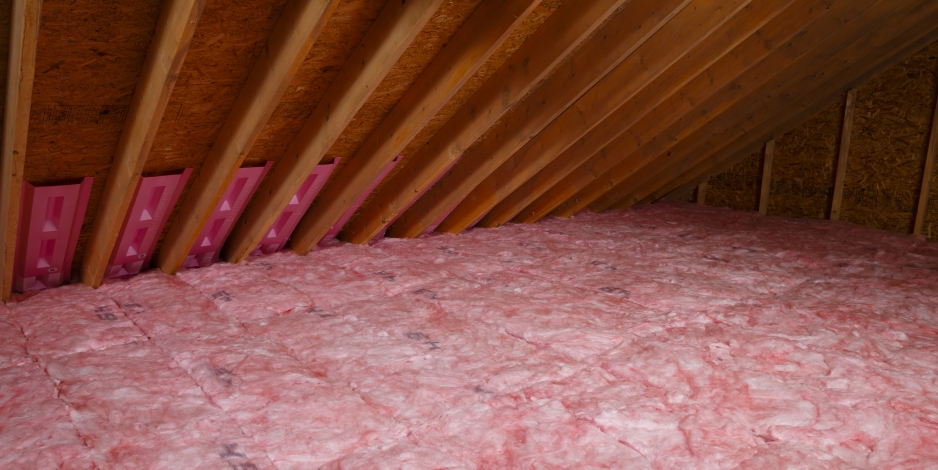Leading Benefits of Upgrading Attic Insulation DFW for Your Home Convenience
Leading Benefits of Upgrading Attic Insulation DFW for Your Home Convenience
Blog Article
Discover the Different Kinds Of Attic Insulation and Their Special Benefits for Your Home's Power Efficiency

Fiberglass Insulation
Fiberglass insulation is among the most commonly made use of products for attic insulation due to its superb thermal performance and cost-effectiveness. Composed of little glass fibers, this product effectively catches air, producing a protecting obstacle that assists keep regular indoor temperatures. Its high R-value per inch makes it especially efficient at standing up to heat transfer, which is essential for energy conservation in homes.
Installment of fiberglass insulation is reasonably uncomplicated, frequently readily available in batts or loose-fill types, suiting numerous attic room configurations. In addition, it is non-combustible and immune to dampness, lowering the risk of mold and mildew advancement. This resilience adds to its durability, making fiberglass a sensible lasting investment for homeowners.
Additionally, fiberglass insulation is usually manufactured from recycled products, which boosts its eco-friendliness. The product can also add to soundproofing, lessening sound transfer in between areas. While it is necessary to wear safety gear throughout setup to stay clear of inflammation from the fibers, the general benefits of fiberglass insulation, including energy cost savings and ecological considerations, make it a prominent choice for boosting attic performance and advertising a comfortable living atmosphere.
Spray Foam Insulation
Spray foam insulation is a highly efficient alternative for attic insulation, understood for its remarkable air sealing and thermal performance. This innovative insulation material is made up of a mix of isocyanate and polyol resin, which, when integrated, increases quickly to fill up spaces and dental caries in the attic space. Its ability to adhere to different surfaces ensures a constant obstacle versus air leakages, substantially minimizing warmth loss during chillier months and warm gain during warmer seasons.
Among the vital advantages of spray foam insulation is its high R-value per inch, which means it supplies outstanding thermal resistance in a relatively slim application. This is especially useful in attic rooms where space is usually limited. Additionally, spray foam can help minimize moisture buildup, lowering the risk of mold and mildew and mold development, which can be damaging to both the framework and interior air high quality.
While the first cost of spray foam insulation might be more than traditional options, its long-term energy cost savings, combined with enhanced comfort and enhanced home worth, make it a worthwhile investment for homeowners looking for enhanced power efficiency. Attic Insulation DFW. Generally, spray foam insulation sticks out as an effective remedy for enhancing attic insulation
Cellulose Insulation

Cellulose insulation is a popular choice for attic insulation, mostly composed of recycled paper items treated with fire retardants. This environmentally friendly option is known for its exceptional thermal performance, efficiently reducing heat transfer in both summer season and wintertime months. The thick make-up of cellulose permits it to fill up gaps and voids in attic room areas, giving a smooth obstacle versus air leakages.
One of the substantial advantages of cellulose insulation is its capability to resist mold and pests, owing to the fire retardant treatments used during manufacturing. In addition, it flaunts a high R-value per inch, which converts right into superior energy efficiency. Property owners can expect lower heating & cooling expenses as a result of improved insulation.
Installment is typically completed with blowing loose cellulose into the wanted location, permitting a efficient and quick process. This technique also decreases disturbance to the existing framework. Cellulose insulation has a relatively low ecological impact, as its production procedure utilizes recycled materials, adding to sustainable building practices.
Rock Wool Insulation
Among the various options for attic insulation, rock woollen, likewise called mineral woollen, stands apart because of its outstanding thermal and acoustic efficiency. Made from natural or recycled materials, rock woollen is produced by thawing rock and spinning it right into fibers, leading to a go now product that uses superb insulation homes.
Among the considerable benefits of rock wool insulation is its high R-value, which shows its performance in standing up to warm flow. This particular not only boosts power efficiency however likewise adds to preserving a comfy interior temperature level year-round. Furthermore, rock woollen is inherently fireproof, making it a safer option for homes as it can stand up to high temperature levels without melting or releasing harmful fumes.
Moreover, rock wool insulation masters soundproofing capabilities, successfully lowering noise transmission in between rooms and from outside sources. This makes it an excellent option for homeowners seeking a tranquil living atmosphere. Additionally, rock wool is moisture-resistant, assisting to stop mold and mildew development and keeping the structural stability of the attic room area. On the whole, rock wool insulation supplies weblink a thorough solution for enhancing energy effectiveness, security, and comfort in property settings.
Glowing Obstacle Insulation
Radiant obstacle insulation offers as an effective option for reducing warmth transfer in attics, especially in warmer climates. This kind of insulation works by mirroring convected heat far from living rooms, consequently decreasing the quantity of warmth that gets in a home throughout heat - Attic Insulation DFW. Normally composed of an extremely reflective material, such as aluminum foil, glowing barriers are mounted in attic rooms, facing the roof, where they can intercept incoming warm from the sun
The primary benefit of radiant obstacle insulation is its ability to reduced cooling prices. By mirroring heat instead of absorbing it, glowing obstacles can help maintain an extra secure interior temperature level, reducing the workload on air conditioning systems. This effectiveness equates into lower power expenses and boosted comfort for home owners.
Along with power financial savings, glowing barriers can additionally add to improved indoor air quality. By lowering warm build-up, they aid decrease moisture degrees, which can avoid mold development and improve overall air flow. When installed appropriately, radiant barrier insulation can be a vital addition to any kind of energy-efficient home, making it a worthwhile consideration for home owners seeking to enhance their attic insulation strategy.
Final Thought
In verdict, comprehending the various types of attic room insulation-- fiberglass, spray foam, cellulose, rock woollen, and glowing obstacles-- allows property owners to make enlightened choices concerning energy performance. By picking the proper insulation material, considerable reductions in power expenses can be attained, along with improvements in indoor convenience.

In conclusion, comprehending the numerous types of attic insulation-- fiberglass, spray foam, cellulose, rock wool, and glowing barriers-- allows home owners to make educated choices regarding power performance.
Report this page